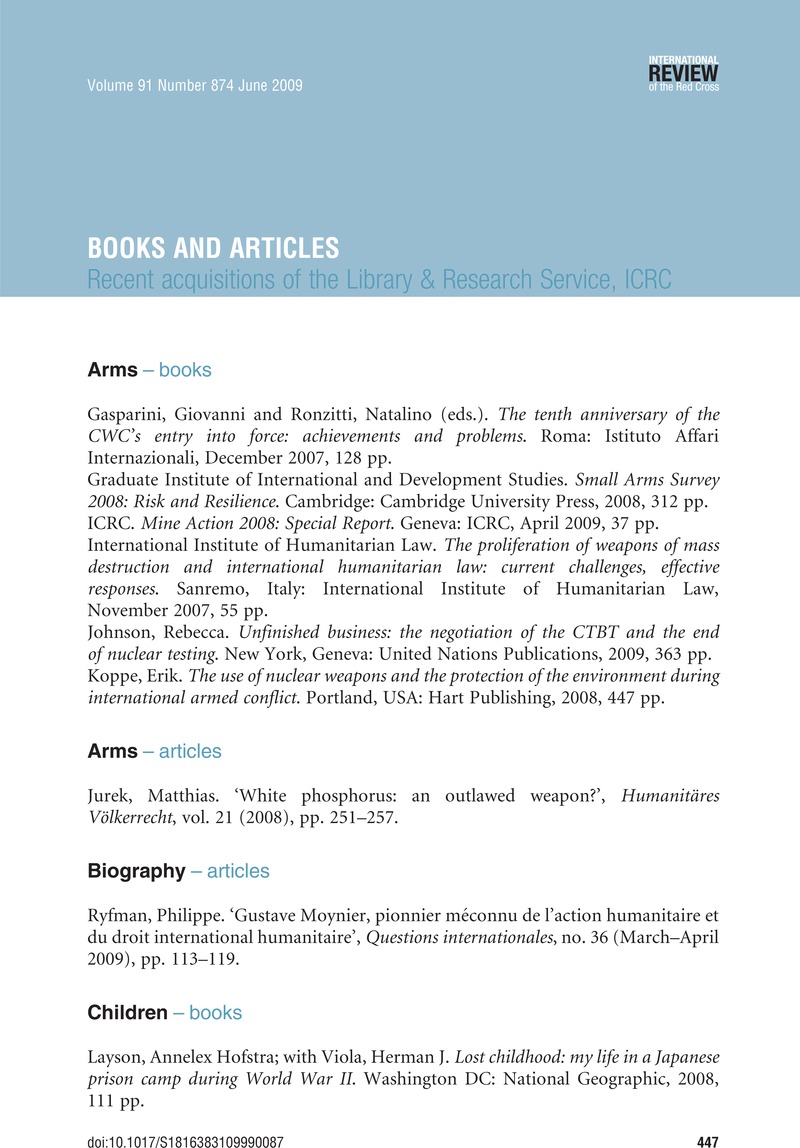Schabas, William A.,
Bothe, Michael et al. ,
10 Jahre Rom-Statut: IStGH’ (‘The Rome Statute (ICC): 10 years’),
Die Friedens-Warte: Journal of International Peace and Organization; Bd. 83, H. 4. Berlin: Berliner Wissenschaftsverlag (
2008), pp.
11–
113.
Google Scholar 